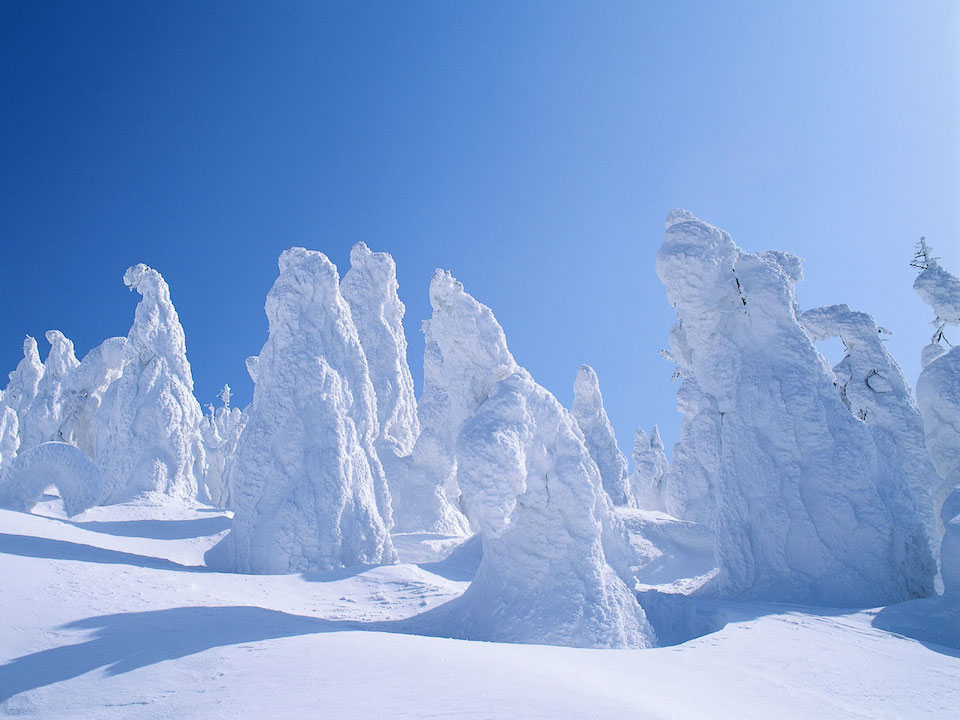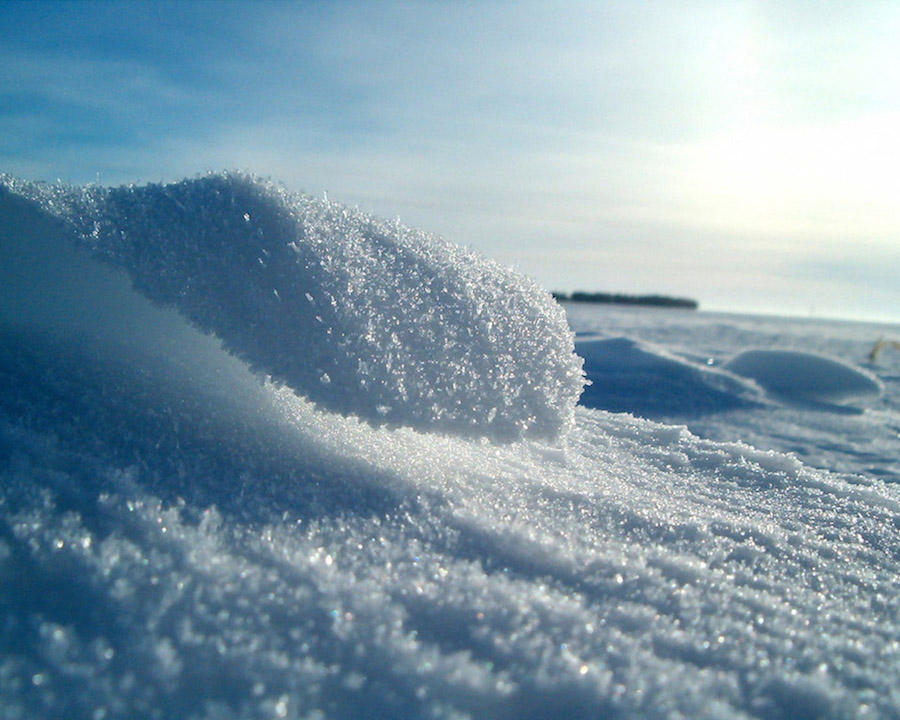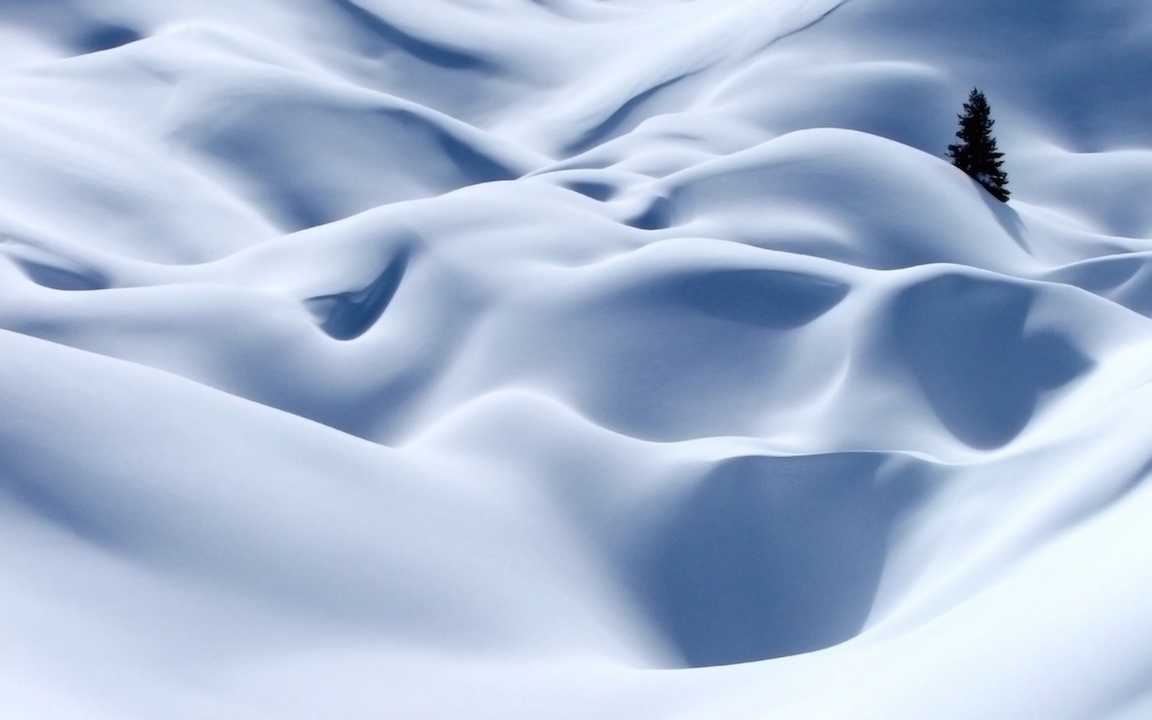According to The International Classification for Seasonal Snow on the Ground, snow is precipitation in the form of small ice crystals which may fall singly or in flakes. Deposited snow is a highly porous material that builds up the snow cover on the ground (Fierz et al., 2009).
The accumulation of snow on the ground to form a seasonal snow cover requires snowfall, precipitation forming at air temperatures near or below freezing, and an extended period of below-freezing air temperatures. For the snow to remain throughout any period of time the accumulation must be larger than any losses through melt and sublimation (loss of snow mass directly into the atmosphere). Snow accumulates on the ground during the winter in most of Canada and other northern countries. Snowmelt in the spring provides water for agriculture and can cause flooding. Snowfall amount and its related liquid equivalent precipitation amount (snow water equivalent, or SWE) are determined using a variety of different precipitation gauges.
Daily snow monitoring maps are available from Environment and Climate Change Canada. The Environment and Climate Change Canada Snow Anomaly Tracking technology offers a snapshot of the current state of snow condition (depth and snow water equivalent) in the circumpolar Arctic, as an anomaly product from historical averages.
Material on this page was edited by Maren Pauly and Tristan Mills, Department of Geography, University of Waterloo. For photograph references, hover over image.



